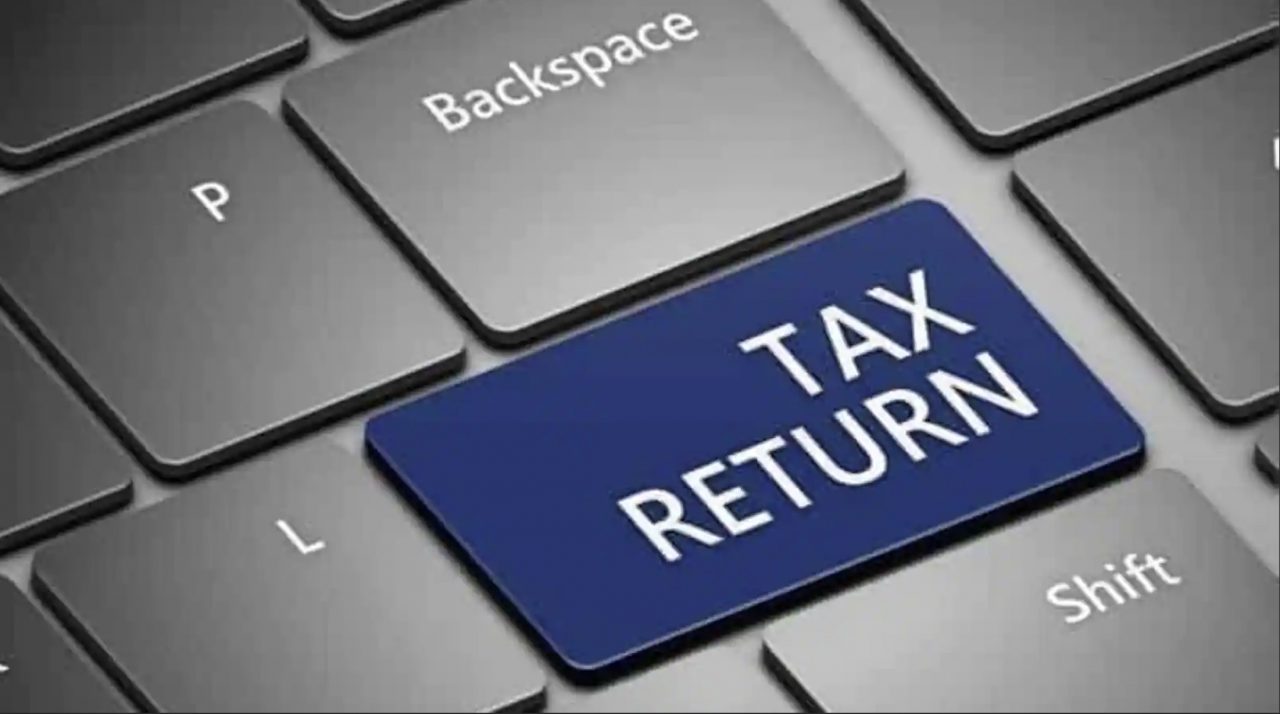WASHINGTON — To help taxpayers navigate the beginning of the tax filing season, the Internal Revenue Service today offered a checklist of reminders for people as they prepare to file their 2022 tax returns.
From gathering paperwork to filing a tax return, these easy steps will make tax preparation smoother in 2023:
1. Gather tax paperwork and records for accuracy to avoid missing a deduction or credit.
Taxpayers should have all their important and necessary documents before preparing their return. This helps people file a complete and accurate tax return. Errors and omissions slow down tax processing, including refund times.
Some information taxpayers need before they begin includes:
- Social Security numbers for everyone listed on the tax return,
- Bank account and routing numbers,
- Various tax forms such as W-2s, 1099s, 1098s and other income documents or records of digital asset transactions,
- Form 1095-A, Health Insurance Marketplace statement,
- Any IRS letters citing an amount received for a certain tax deduction or credit.
2. Remember to report all types of income on the tax return.
This is important to avoid receiving a notice or a bill from the IRS. Don’t forget to include income from:
- Goods created and sold on online platforms,
- Investment income,
- Part-time or seasonal work,
- Self-employment or other business activities,
- Services provided through mobile apps.
3. File electronically with direct deposit to avoid delays in receiving a refund.
Avoid paper returns. Tax software helps individuals avoid mistakes by doing the math. It guides people through each section of their tax return using a question-and-answer format.
For those waiting on their 2021 tax return to be processed, here’s a special tip to ensure their 2022 tax return is accepted by the IRS for processing. Make sure to enter $0 (zero dollars) for last year’s adjusted gross income (AGI) on the 2022 tax return. Everyone else should enter their prior year’s AGI from last year’s return.
4. Free resources are available to help eligible taxpayers file online. Free help may also be available to qualified taxpayers.
IRS Free File provides a free online alternative to filing a paper tax return. IRS Free File is available to any individual or family who earned $73,000 or less in 2022.
With IRS Free File, leading tax software providers make their online products available for free as part of a 21-year partnership with the IRS. This year, there are seven products in English and one in Spanish. Taxpayers must access these products through the IRS website.
People who make over $73,000 can use the IRS’ Free File Fillable Forms. These are the electronic version of IRS paper forms. This product is best for people who are comfortable preparing their own taxes.
Qualified taxpayers can also find free one-on-one tax preparation help around the nation through the Volunteer Income Tax Assistance (VITA) and Tax Counseling for the Elderly (TCE) programs.
5. Choose a tax professional carefully.
Most tax return preparers are professional, honest and provide excellent service to their clients. However, dishonest tax return preparers who file false income tax returns do exist. The IRS has a Directory of Federal Tax Return Preparers with Credentials and Select Qualifications and more on choosing a tax pro on IRS.gov.
6. Avoid phone delays; use online resources before calling the IRS.
To avoid waiting on hold, the IRS urges people to use IRS.gov to get answers to tax questions, check a refund status or pay taxes. There’s no wait time or appointment needed — online tools and resources are available 24 hours a day. The IRS’ Interactive Tax Assistant tool and Let Us Help You resources are especially helpful.
Additionally, the IRS suggests taxpayers stay up to date on important tax information online by:
Source: IRS-2023-17, January 31, 2023



